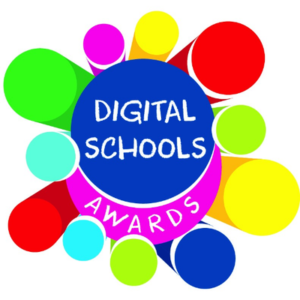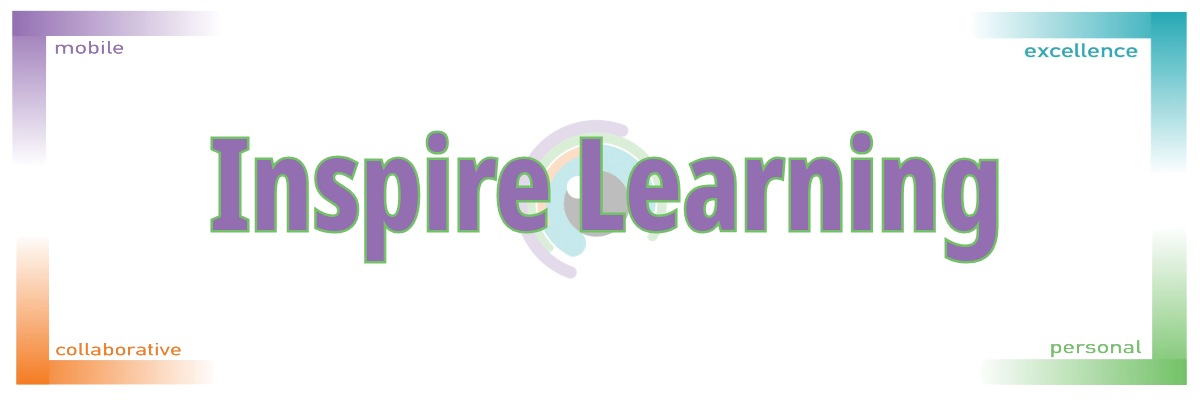Why is digitally enhanced learning important?
Integrating digital technology into learning, teaching, and assessment is essential for creating dynamic, flexible, and inclusive educational environments. It provides learners with instant access to a wealth of information, supports personalised learning tailored to individual needs, and enhances engagement through interactive and multimedia content. Digital tools also foster collaboration and communication among students, teachers, and parents, breaking down geographical barriers and enabling real-time feedback and discussion.
Moreover, digital technology equips students with the essential skills needed for success in a technology-driven world. This integration not only supports deeper understanding and improved retention of knowledge but also ensures students are well-prepared to navigate and thrive in the evolving digital landscape.
Are you looking for some ideas to enhance your Learning, Teaching and Assessment using the SBC framework? Or perhaps looking to meaningfully embed digital into your breakthrough curriculum sprints?
Apple’s Elements of Learning help educators design lessons that incorporate Teamwork, Communication&Creation, Personalisation, Critical Thinking and Real-World Engagement using Apple technology
Want to see where your learners are within the Technologies progression? Try out the Digital Skills tracker below to allow pupils to self Assess their abilities.
Everyone needs to know how they are doing on their development journey. If you are looking to track your school/staff progress in the effective use of digital then visit the page below for our key resources and audit tools.

Journey to Digital Schools Status
The Digital Schools Awards is a national awards scheme to promote, recognise and encourage a whole school approach to the use of digital technology in schools. As a region we are well placed to be reaching for this in all our schools.
Find out more about getting the Digital Schools Award status by clicking here.





